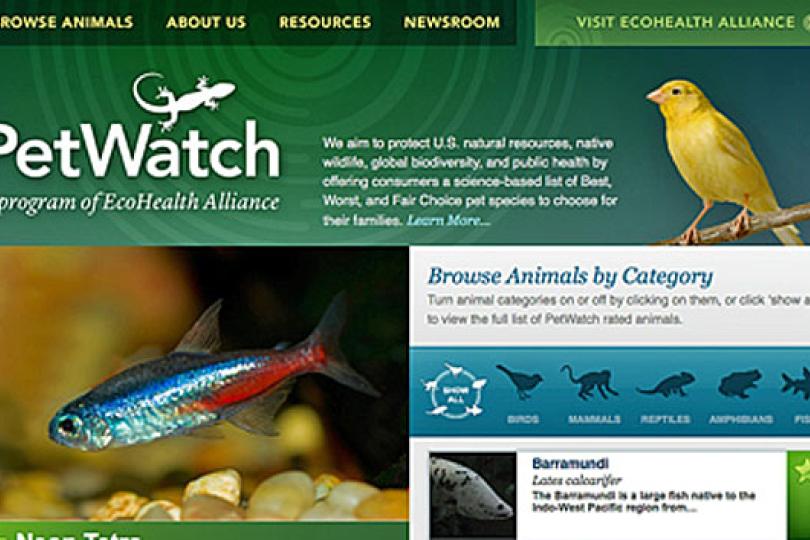PetWatch: A Science-Based Educational Campaign
Switzer Fellows Dr. Kate Smith, Assistant Professor at Brown University and Senior Research Scientist at the Consortium for Conservation Medicine, and Dr. Myra Finkelstein, Research Associate at UC Santa Cruz in Microbiology and Environmental Toxicology, received funding under the Collaborative Initiatives Fund to complete the research and initial implementation of Petwatch, the first science-based educational campaign and consumer’s guide that identifies "Best", "Worst" and "Good Alternative" pets from among those that are legally imported to the U.S. The basic concept for Petwatch is similar to that of Monterey Bay Aquarium's Seafood Watch program that provides science-driven consumer advice for making more sustainable choices for seafood consumption. In Petwatch, the goal is to educate consumers and the pet retail trade on which pets are good choices and which are to be avoided. This project is a consumer, science and industry-driven strategy to reduce wildlife trade in animal species that have potentially harmful human and ecosystem effects. Petwatch is the world’s first consumer information campaign founded on scientific evidence that promotes safe pet purchases for all major taxonomic groups.
